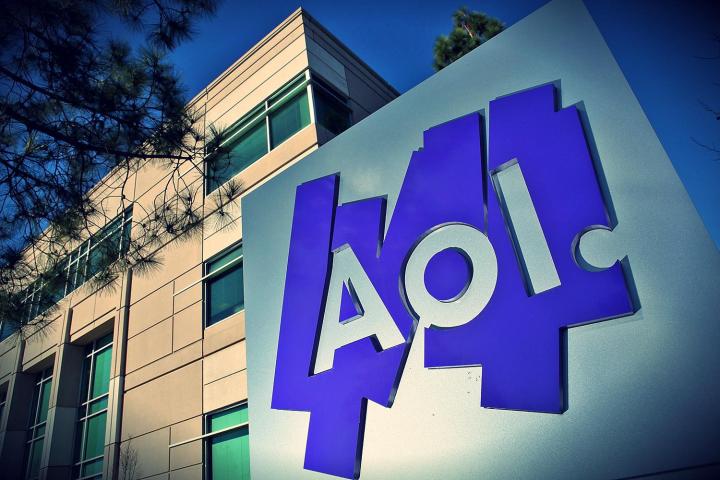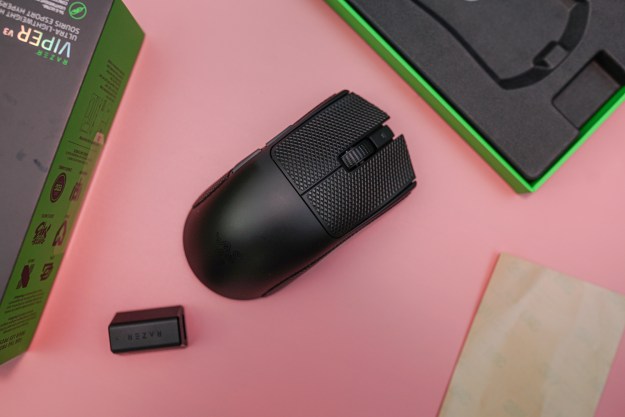
Fast forward to today, and while AOL still exists, it’s just a shadow of its former self. And AIM has also fallen by the wayside, enough so that the company is turning off the service used by third-party clients, as Ars Technical reports.
For quite some time, there have been two ways to use AIM as an instant messaging service. You could install AOL’s own messaging app, which runs on Windows, MacOS, iOS, and Android. That method still exists and likely will do so for at least the foreseeable future.
The other method was to install one of a number of third-party clients for your platform and access the service that way. A number of options existed, including Adium, Trillium, and Pidgin, some of the more popular options.
Those third-party apps require the use of AOL’s OSCAR chat protocol, however. Without it, there’s no way to pass messages to and from the AIM service. And as one user discovered and posted on Twitter, AOL is starting to cut apps off from its messaging service by turning off OSCAR support.
Just got this AIM message. Anyone else still using AIM out there? pic.twitter.com/2WpR1lTwmH
— Cyrus Farivar (@cfarivar) February 28, 2017
Speculation suggests that AOL is cutting its losses due to low usage of AIM, which costs the company real money to maintain. AOL hasn’t made any official announcements yet, but it’s possible that we might be experiencing the end of an era if the AIM service is indeed starting to ramp down.
Editors' Recommendations
- Google is officially killing yet another chat app
- Reports of Kik Messenger’s demise have been greatly exaggerated
- Facebook will move Instant Games to main app, further simplifying Messenger


